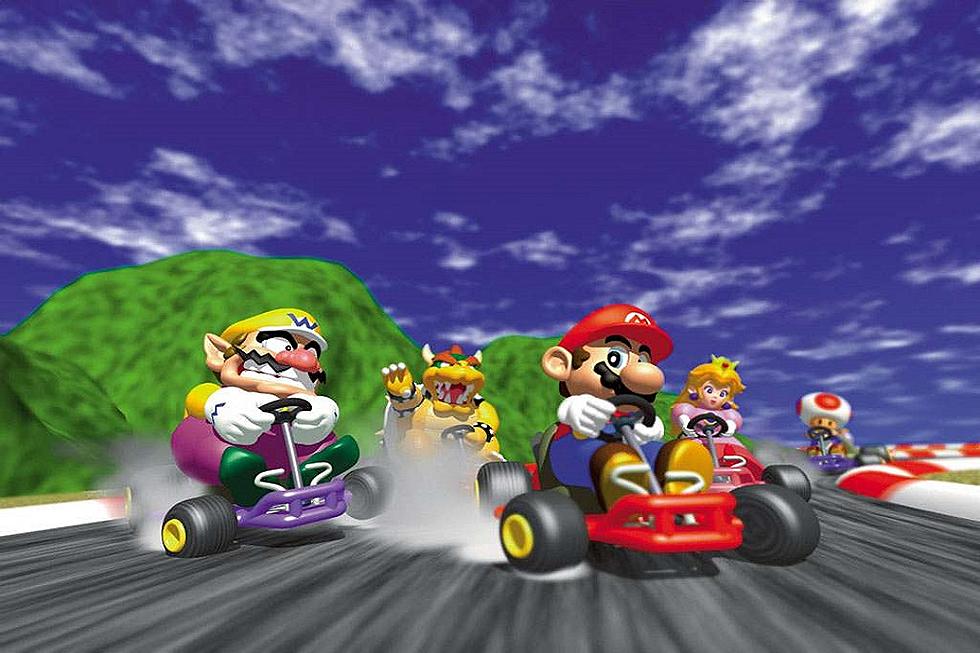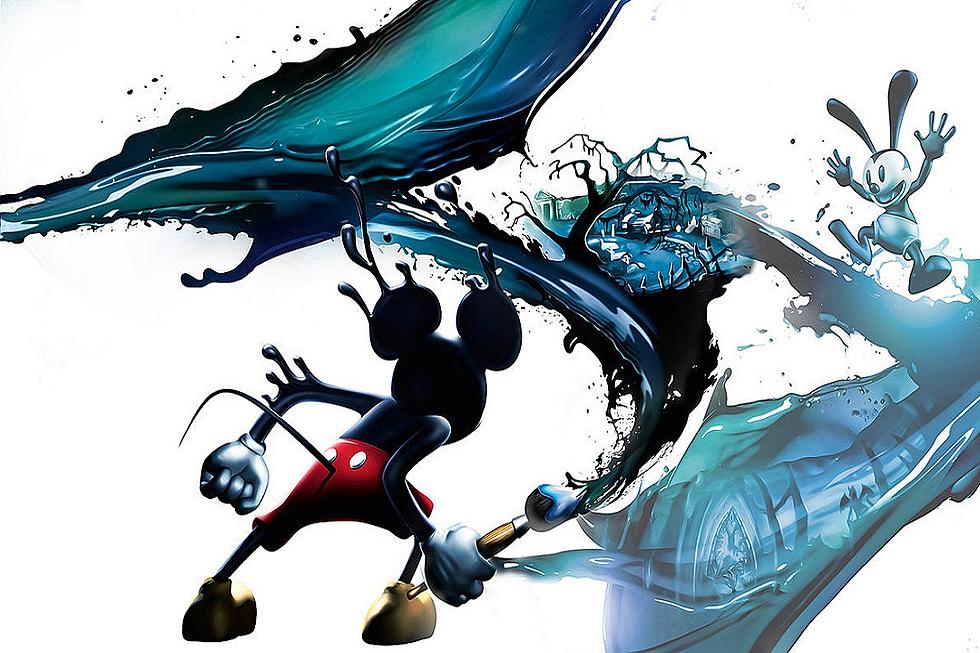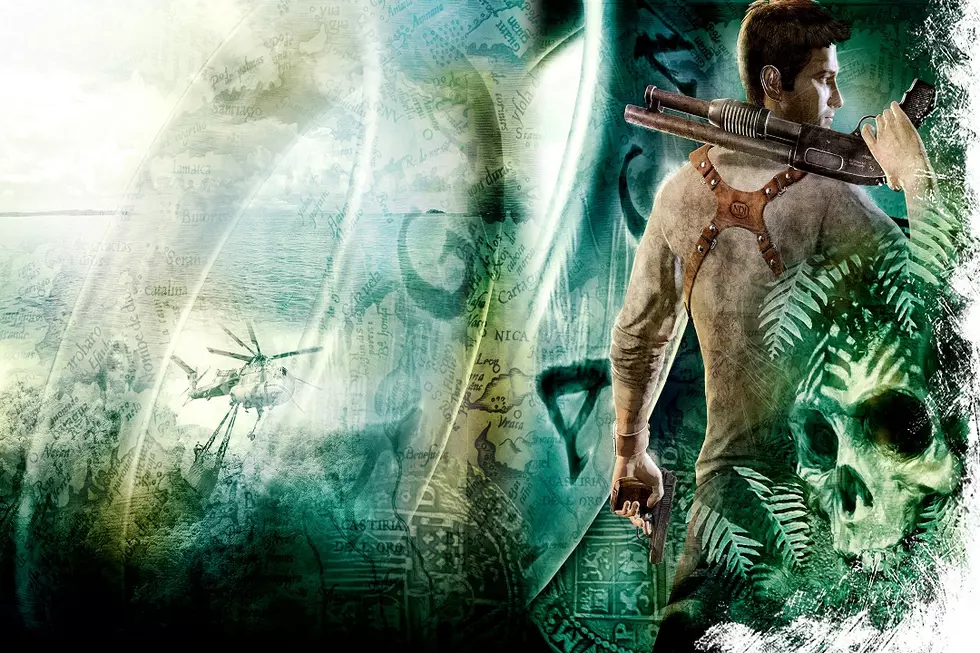
Building Big Boss: A Celebration of Metal Gear Solid: Peace Walker
When a well-known franchise comes up for a port from consoles to portable systems it’s always a bit of a gamble. Often times portable entries end up sucking the spirit out of what makes the core franchise fun. Metal Gear Solid: Peace Walker, however, is a different kind of game that works. Although it took the regular Metal Gear Solid formula and introduced arcade-like mechanics like singular missions and scoring, it also went outside of the box in offering players a mode which would test their skills for strategic resource management as a leader of base populated by captured soldiers. Despite straying lightly from its cinematic and espionage-centered roots, Metal Gear Solid: Peace Walker managed to be something uniquely interesting that would have an effect on future titles in the series. Today marks its release on shelves in North America back in 2010.
Technically the third portable game in the Metal Gear Solid series after Portable Ops and its standalone expansion, Portable Ops Plus, Peace Walker was the first portable entry in the series to be directed by Hideo Kojima himself. Kojima actually took to directing Peace Walker as he was simultaneously developing Metal Gear Solid 4: Guns of the Patriots. This was because despite having originally placing other members in charge of the project, Kojima worried that the message of Peace Walker would be lost on a younger audience if it was conveyed incorrectly. As such, there were just as many resources dedicated to Peace Walker as Metal Gear Solid 4. The development teams were similar in size and the game was even originally slated to be titled as Metal Gear Solid 5.
Interestingly enough, even with Metal Gear Solid 4 under his belt, Kojima mentioned in an interview with 1UP that Peace Walker was the biggest thing he had ever worked on at the time. This comes from the fact that Peace Walker was far more open-ended than any other Metal Gear Solid game before it. Even after the final part of the story mode was over, players could continue on new missions and collect new equipment, not to mention enjoy cooperative online play with friends. Kojima stated that fitting this all within the boundaries of a portable device and playtesting it with the freedom it provided was a much bigger challenge than the somewhat linear nature of normal Metal Gear Solid games.
Peace Walker takes place sometime after the events of Metal Gear Solid 3: Snake Eater. Aside from becoming embroiled in another crisis that brings humanity to the brink of nuclear annihilation, it also traces Naked Snake’s transition into the role of Big Boss, following the death of his former mentor. It also traces the events in which Big Boss creates Outer Heaven, becoming the enemy installation and providing Big Boss as the main antagonist of the first Metal Gear game. Action is split between missions that follow the story and missions that specifically provide challenges and opportunities for better gear. Meanwhile, the player can also capture subdued soldiers using the Fulton Recovery system and use them to build Big Boss’s forces for deployment in missions against AI controlled enemy forces. A great many of these features would be expanded in Metal Gear Solid 5: The Phantom Pain.
Metal Gear Solid: Peace Walker was recognized as an ambitious and interesting title by most critics who often noted the extensive content in the game despite being on a portable system. Despite its scope and accolades from critics, it failed to reach commercial success outside of Japan. Its sales suffered in both European and North American markets. It was an unfortunate matter of poor timing and placement for the game, but despite this, its legacy stands. Peace Walker’s effect is far reaching. Players only need look at many of the elements of Metal Gear Solid 5 and see.
More From Arcade Sushi









